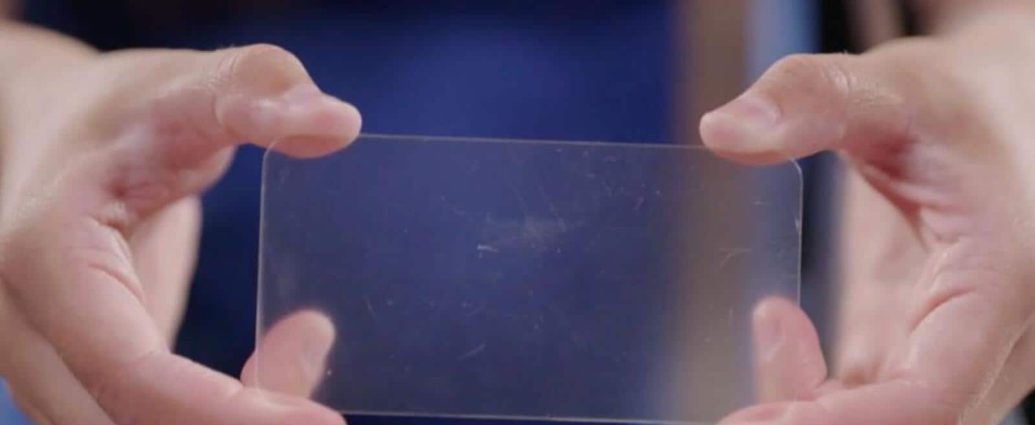There won’t be a need to use screen protectors with smartphones anymore, and that’s true for the upcoming smartphones using the new Gorilla Glass Victus 2 too, said Scott Forester, Corning’s Vice President and business director for glass & operations council for Corning Gorilla Glass on the company’s newest strengthened glass product for smartphones.
There is good reason for it. Corning said the composition of the Gorilla Glass Victus 2 will give smartphones better protection against drops on rough surfaces such as concrete, which are extremely difficult to protect against. This has also been necessitated by the fact that smartphones and mobile devices are becoming heavier.
“Phones are getting larger and heavier, by as much as 15 percent. But when we look at it from a weight perspective, some of the larger phones have become 30-40 percent larger over the last four years,” said Forester, addressing a media roundtable, of which HT was a part. Heavier weight means higher impact force, in case of a fall.
In a first, the company said smartphones will now be able to survive a drop from the height of one-metre (this would be usually the height of your trouser or jeans pocket) on concrete floors or pavements.
The newest Gorilla Glass Victus builds on the foundation of the previous generation.
“Improved drop performance, up to 1-metrw on 80-grit and up to 2-metre on 180-grit,” is how Corning defined the core improvements. There is no toughened glass layer for smartphones that has been able to make that claim, thus far. Corning said that in its lab tests, most other products found it difficult to survive the drop from a 0.5-metre mark.
While the updated composition gives Gorilla Glass Victus 2 more to stand against a tryst with concrete, there are no trade-offs elsewhere. In fact, the potential to withstand a 2-metre drop on asphalt as well as scratch resistance that’s up to four times better than rival aluminosilicate products for smartphones, remains the same as in Gorilla Glass Victus.
The applications go much beyond just smartphones. Corning has composed the Gorilla Glass Victus 2 for use in laptops and mobile computing devices, tablets, smartwatches and wearables, smart home devices as well as cameras.
Asked if it will be a challenge to install Gorilla Glass 2 Victus in devices that require gently curved screens such as smartwatches, Forester stressed on the need to focus on the boundary conditions when designing certain innovations.
“Those are around formability, processability and how does the glass actually machine,” Forester told HT. He referred to how the glass is processed and shaped, much like “how an artisan would”, but in this case the process is all automated. Forester spoke about the challenge of opening the innovation box.
“We have to think through how we can then create glasses that have the ability to be more durable and the strengthening the process that then combines the glass”, he says.
Which will be the first smartphones to deploy the Corning Gorilla Glass Victus 2? The company refused to take any names at this stage. It said the new product is “currently being evaluated by multiple customers and is expected to reach the market within the next few months”.
The likelihood of Samsung or OnePlus adopting Gorilla Glass Victus 2 remains high. Both phone makers are expected to release their latest flagship phones, the Galaxy S23 series and the OnePlus 11 series respectively, in early 2023.
A flip through the pages of history tells us that when Corning released the Gorilla Glass Victus in July 2020, Samsung released the Galaxy Note 20 Ultra with it, a month later.
